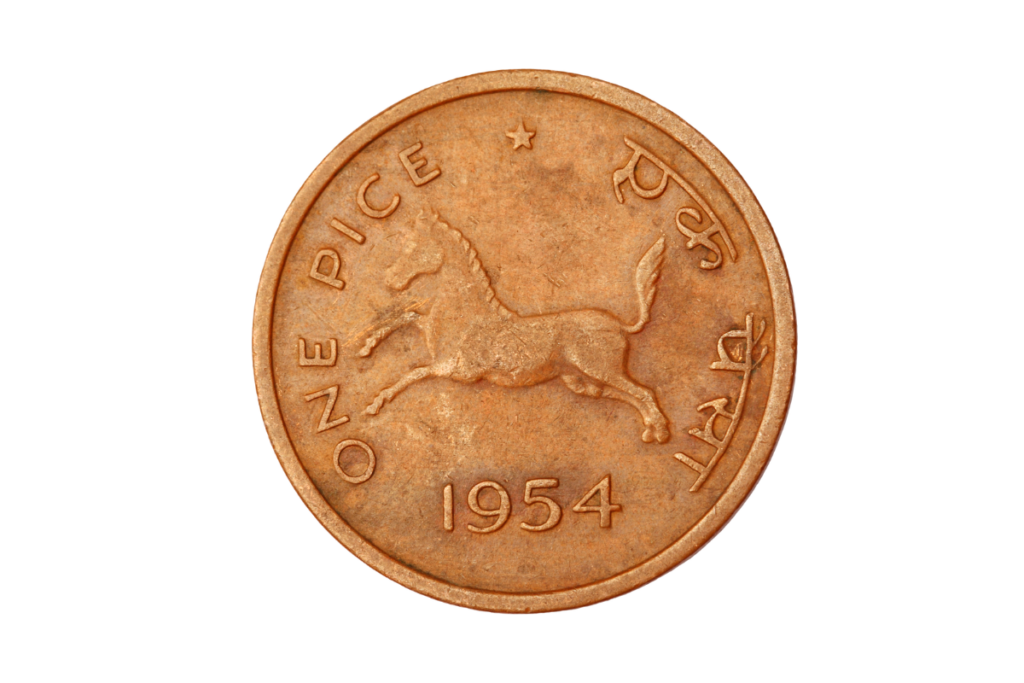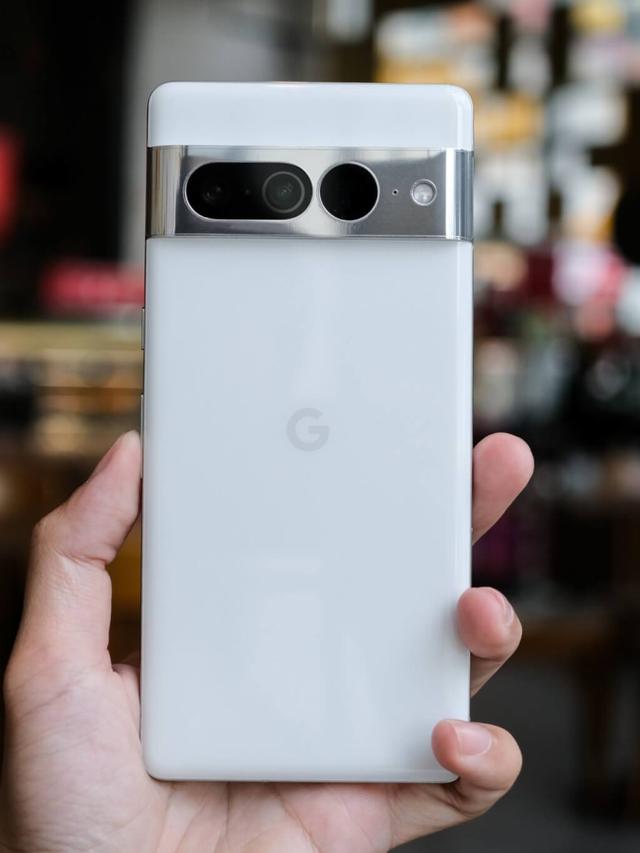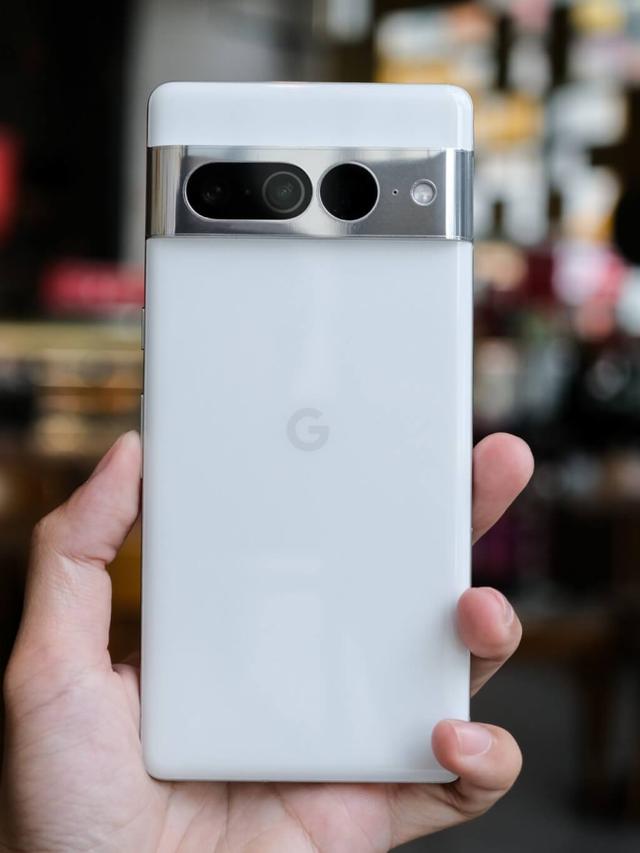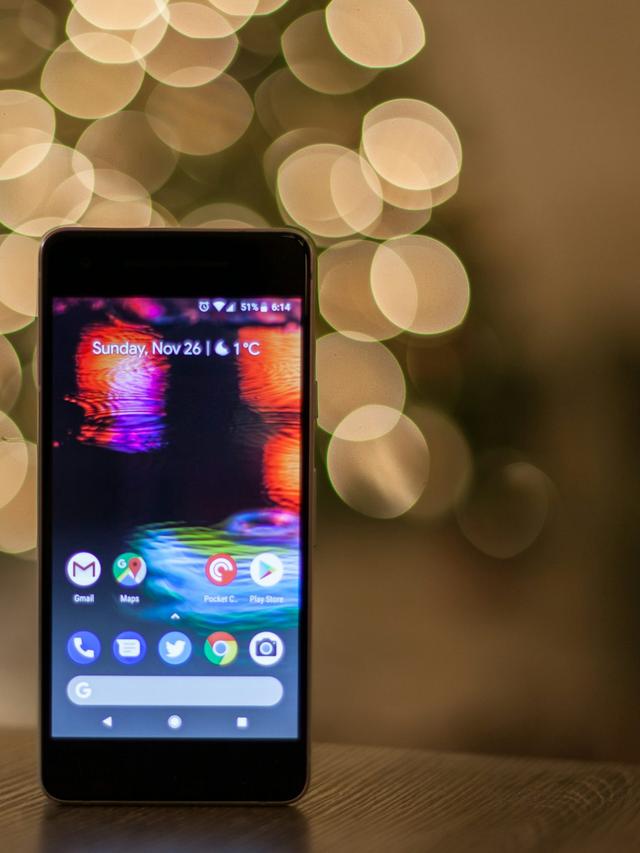In the world of numismatics, the hunt for rare coins often leads collectors to unexpected treasures.
Among these, the bicentennial quarters minted in 1976 hold a special place, not just for their historical significance but also for their potential rarity and value in the collecting community.
Historical Context and Design

The United States Mint celebrated the nation’s 200th anniversary with a series of special coins, including the bicentennial quarter.
These quarters were part of a broader initiative to commemorate the bicentennial of American independence, marked by elaborate designs that reflected the spirit of the times.
The reverse side of the bicentennial quarter features a unique design created by Jack L. Ahr, depicting a colonial drummer boy and thirteen stars representing the original thirteen colonies.
This design replaced the traditional eagle motif usually found on quarters, making it instantly recognizable and distinctive.
Varieties and Minting Locations

Understanding the value of bicentennial quarters involves recognizing the different varieties and minting locations.
The coins were minted in both Philadelphia and Denver, with each location producing coins that can vary in quality and rarity.
Collectors often pay close attention to mint marks and the condition of the coin, as these factors greatly influence its value.
Rarity and Collectibility
While millions of bicentennial quarters were minted, certain variations and errors have made some coins exceedingly rare and valuable.
For example, coins with strong doubling of the design elements, known as doubled dies, or those with striking errors such as missing letters or misalignments can fetch significant prices in the collector’s market.
Moreover, the condition of the coin plays a crucial role in determining its value.
Coins in mint condition, with sharp details and no signs of wear, are highly sought after by collectors who prize pristine specimens for their collections.
Market Value and Investment Potential
The value of bicentennial quarters can vary widely based on rarity, condition, and demand.
While most circulated examples can be found for face value or slightly above, rare varieties and high-grade specimens can command prices far exceeding their nominal value.
Serious collectors and investors often track auction results and market trends to assess the potential for growth in value over time.
For instance, a 1976-D bicentennial quarter with a strong doubled die error was sold at auction for several thousand dollars, showcasing the potential windfalls for those lucky enough to uncover such treasures in their coin collections.
Collecting Tips and Conclusion
For aspiring collectors or those curious about rare coins, exploring bicentennial quarters offers an accessible entry point into the world of numismatics.
Beginners are advised to start by familiarizing themselves with the different varieties and minting locations, as well as investing in reliable coin grading resources to accurately assess the condition and value of their coins.
In conclusion, while bicentennial quarters are often encountered in everyday circulation, their true worth extends far beyond their face value.
With careful research and a discerning eye, collectors can uncover rare gems that not only enrich their collections but also provide a fascinating glimpse into America’s numismatic history.







